PROTECT YOUR DNA WITH QUANTUM TECHNOLOGY
Orgo-Life the new way to the future Advertising by AdpathwayFertilizing at the end of summer is appropriate in some cases, but not all. It’s good to feed your fall vegetables, and feeding your late-season annuals is a good idea. However, for many garden plants, you should never fertilize in August or beyond.
Plants that you should fertilize this time of year include your fall vegetables, of course. In August, these plants are just getting started and will need plenty of nutrients to reach their full, delicious potential. Late-season annuals can also take a light application of a bloom-boosting formula.
Your container plants are still fine for feeding; most of those will come in for the winter. Late-blooming perennials can also handle a bit of bloom booster. We want these to flower robustly, but go easy on nitrogen. That will make them put out vulnerable new growth and make them more susceptible to frost damage.
That vulnerable new growth is precisely the reason why we never fertilize certain plants in August or beyond. For many of your garden plants, it’s time to begin their transition into dormancy and rest. Trees and shrubs, in general, require no additional nutrients at this time. You should also skip perennials no longer blooming. Here are some specifics to avoid in the month of August, and beyond.
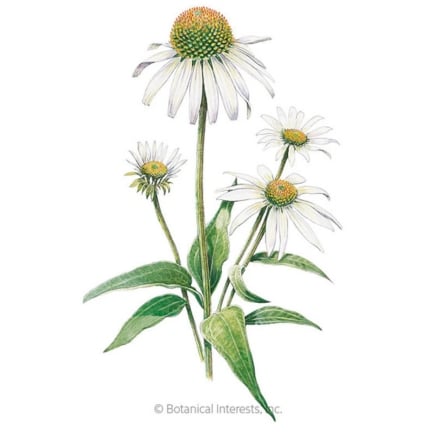
White Swan Echinacea Seeds
Irresistible Blend Milkweed

Irresistible Blend Milkweed/Butterfly Flower Seeds

Lilac
 Late-season feeding pushes tender shoots that winter won’t spare.
Late-season feeding pushes tender shoots that winter won’t spare.Lilacs are first on my list of plants you should never fertilize in August. The reason for this is twofold. For one thing, these bloom in the spring, so this time of year, they are winding down. Fertilizing now will cause the shrub to produce new growth, which is more vulnerable to cold damage.
Lilacs also bloom on old wood. That means that by late summer, they are already forming buds that will be the next spring’s flowers. Feeding them now can interfere with bud development. It can encourage green growth, which will result in fewer flowers altogether.
It’s best to wait until spring to feed your lilacs. You can give them an application of compost or manure, which will break down slowly. These nutrients will be plenty to keep the roots happy through the winter, and be ready to do their job in the spring.
Bigleaf Hydrangea
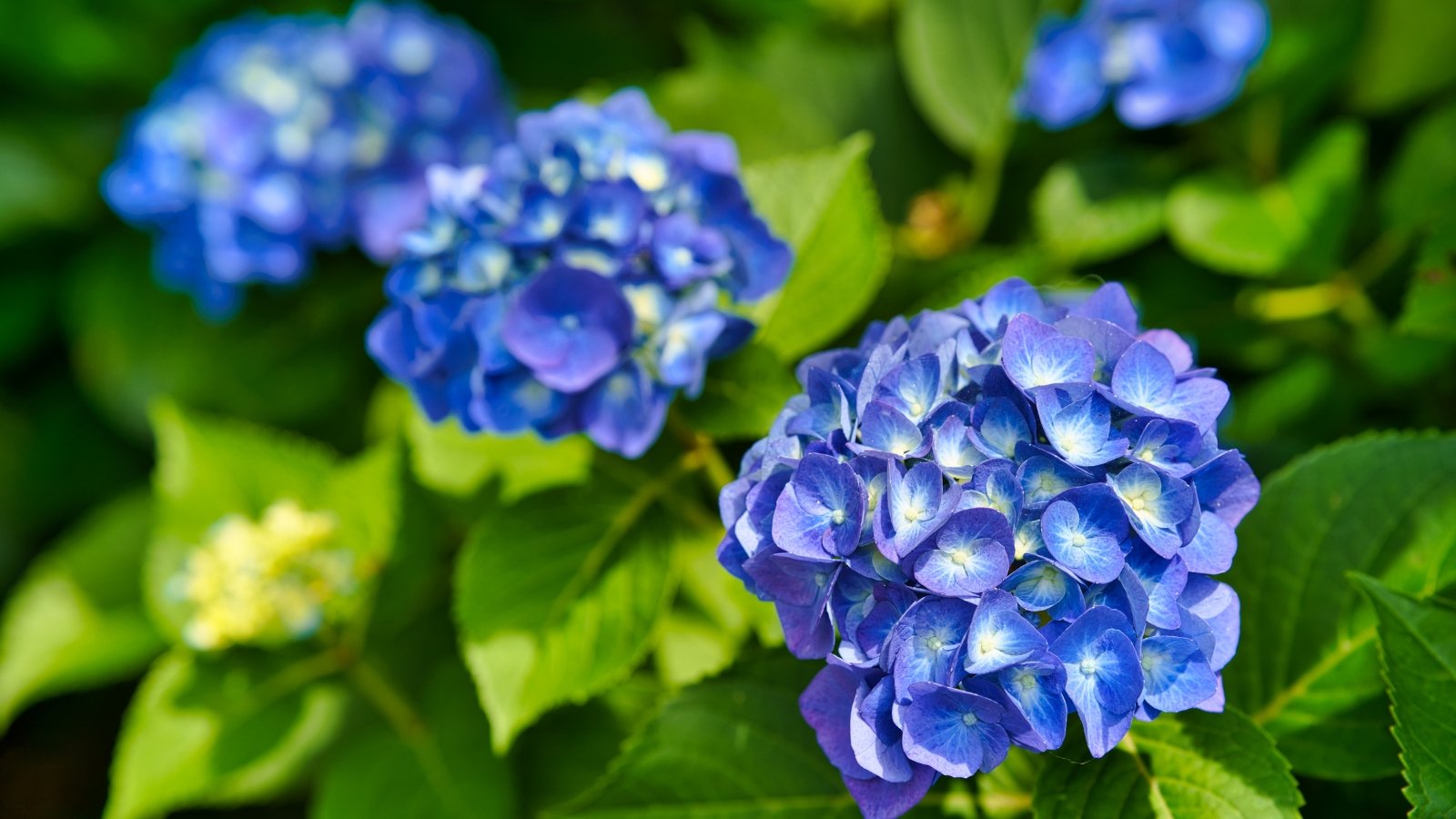 Green growth now steals energy from next year’s blooms.
Green growth now steals energy from next year’s blooms.The reason you should never fertilize bigleaf hydrangeas in August is similar to those for lilacs. These shrubs produce flowers on growth from the previous season, so they are setting them in late summer. Fertilizer, and especially nitrogen, can encourage leaf growth and stifle the formation of buds.
That new growth will be tender and more susceptible to frost damage or winter dieback. New, soft stems may not harden off in time, which can result in tip dieback and a drastic reduction in flowers, if any. You want your bigleaf hydrangeas to settle down for winter and gradually enter dormancy.
Never fertilize these in August, and rather wait until early spring. The ideal time to begin is as soon as you see new leaf growth. You can give them a second application of a slow-release formula in late spring to early summer. For now, deadhead the spent blooms and leave everything else to nature. You can mulch to protect the roots.
Rose
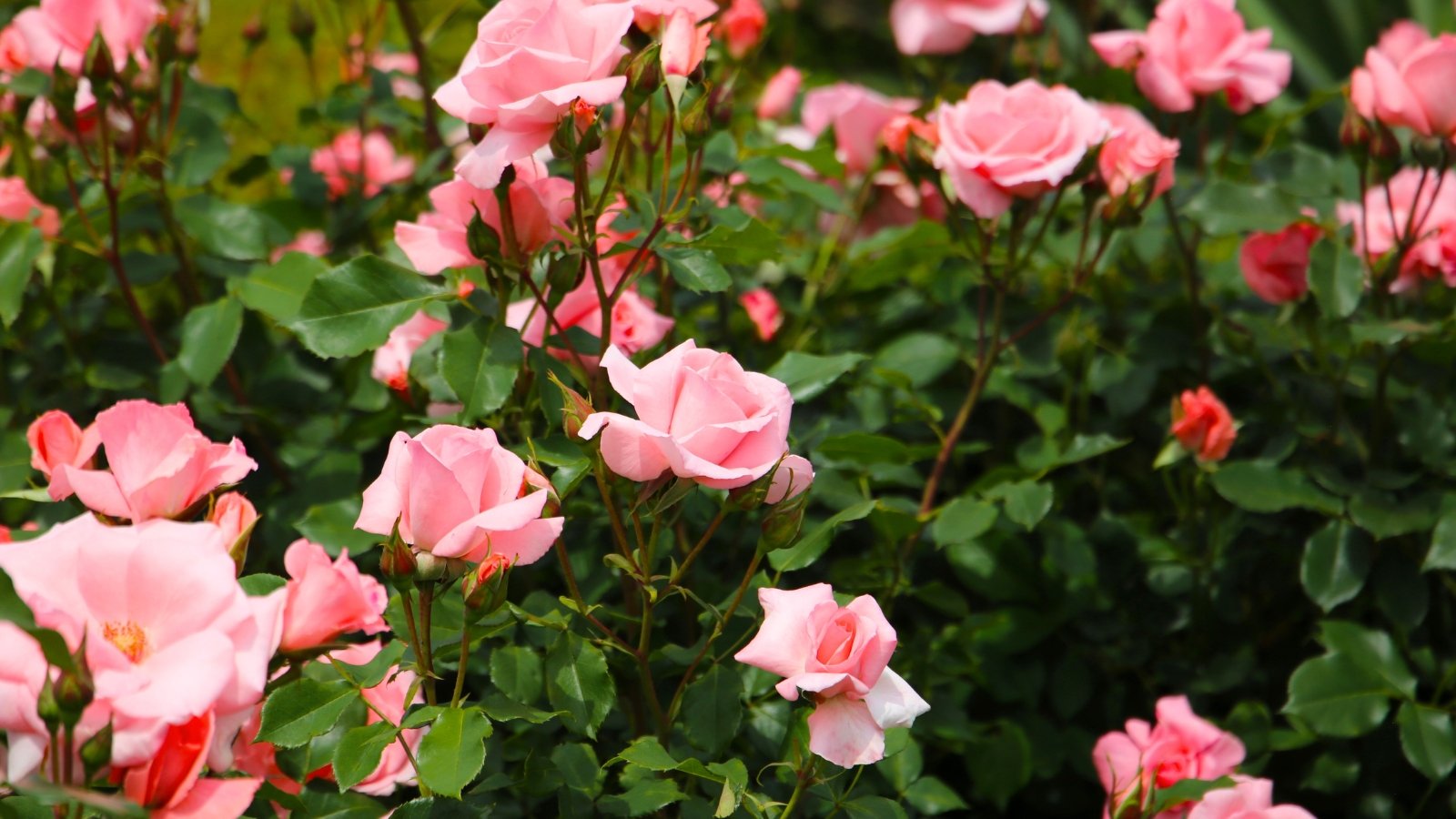 Time to slow down and save strength for spring.
Time to slow down and save strength for spring.Roses are another flowering shrub that you should never fertilize in August, at least, not in mild or cooler climates. By doing so, you can disrupt the rose’s dormancy cycle by inducing new growth. The frost will damage or even kill that tender new growth, weakening the plant altogether.
Fertilizing now can also lead to fewer blooms in the spring. It shifts the plant’s energy toward foliage and root development. Your rose needs to store this energy for spring, when it will start producing those buds.
For now, prepare your rose for dormancy by deadheading. This can encourage a final flush of flowers in repeat bloomers. Keep your rose watered and apply mulch to protect the roots. Otherwise, let nature take its course.
The exception to this is in warm climates, where a light application won’t do any harm. But this should be the last application of the year.
Apple
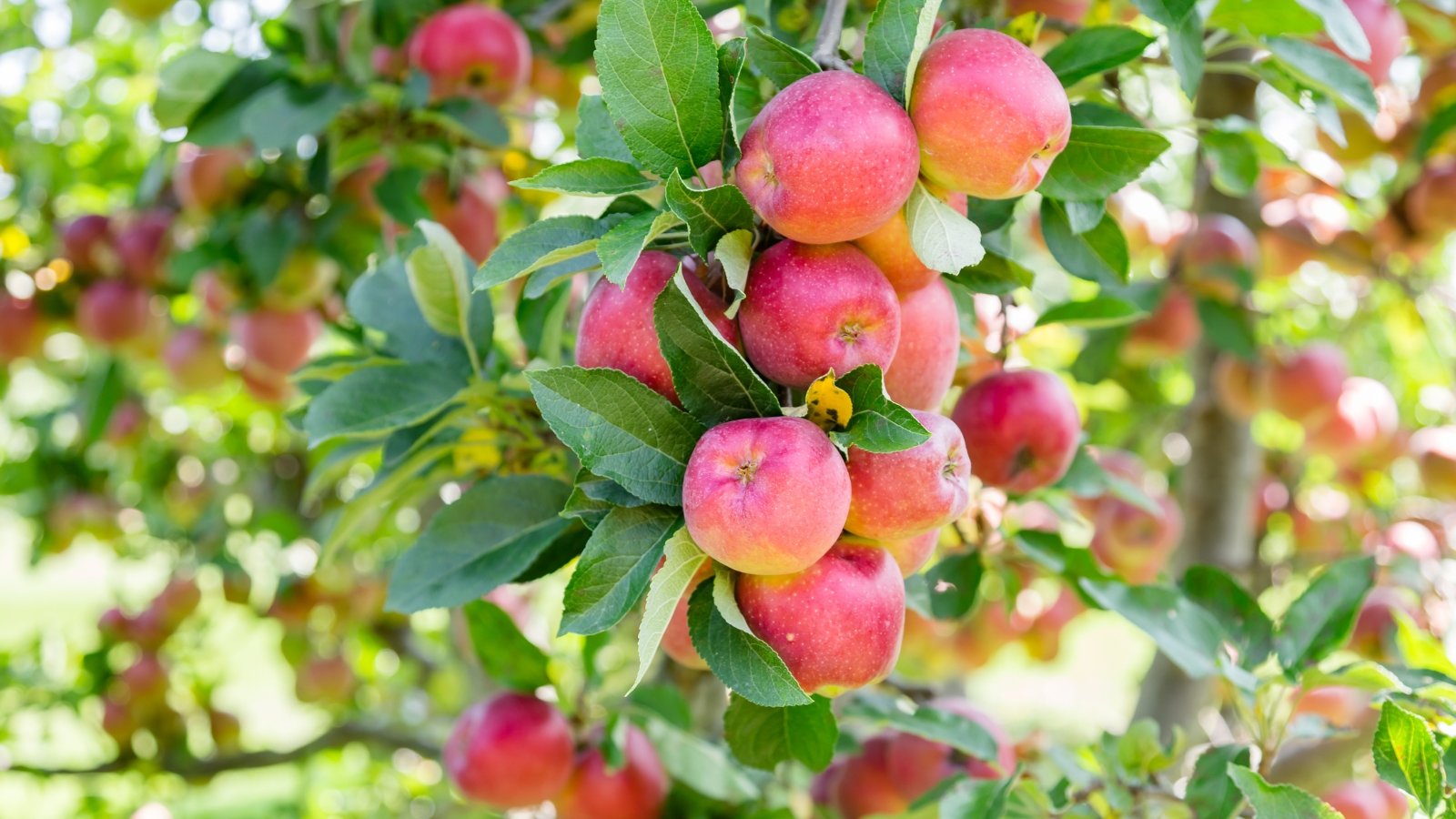 Tender shoots now won’t stand a chance come frost.
Tender shoots now won’t stand a chance come frost.You should never fertilize an apple tree, or most fruit trees as a whole, in August. For one thing, you will get that flush of new growth, which can be a disaster for fruit trees. Their tender growth is highly susceptible to frost damage, which will hurt their productivity next season.
Feeding your apple tree now shifts energy from bud formation to foliage and root growth, and we don’t want that right now. It also disrupts the tree’s dormancy cycle, keeping it in growth mode, rather than slowing down and storing energy for the spring.
Fertilize your fruit trees in early spring, just as the leaf buds begin to break. A second application in early summer is appropriate if the new growth looks weak. For now, harvest any fruit left on the tree and mulch to suppress weeds. Leave some space around the trunk to prevent rotting.
Pear
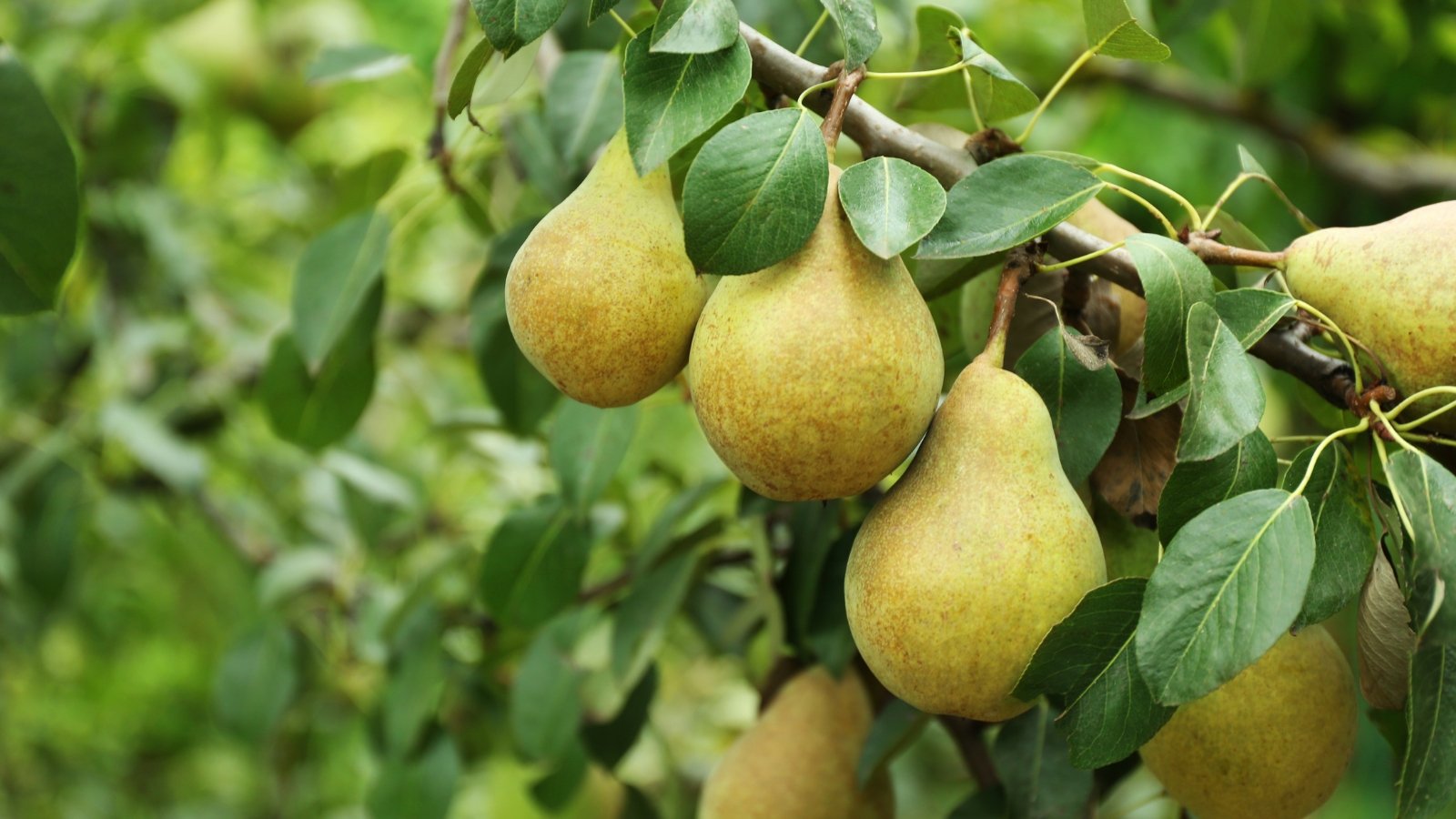 It’s all about balance now, not bursts of new growth.
It’s all about balance now, not bursts of new growth.The reasons you should never fertilize pear trees in August are the same as those for apple trees. It encourages tender new growth that will be more susceptible to frost damage, which can cause dieback. It also makes the tree more vulnerable to pests and diseases.
Pear trees also begin forming buds about this time of year. Late fertilization shifts the energy away from this and into new growth. You’ll have fewer blossoms and fewer fruits in the next season. Hold off until early spring, and for now, keep it watered and add some mulch to protect the roots.
Peach
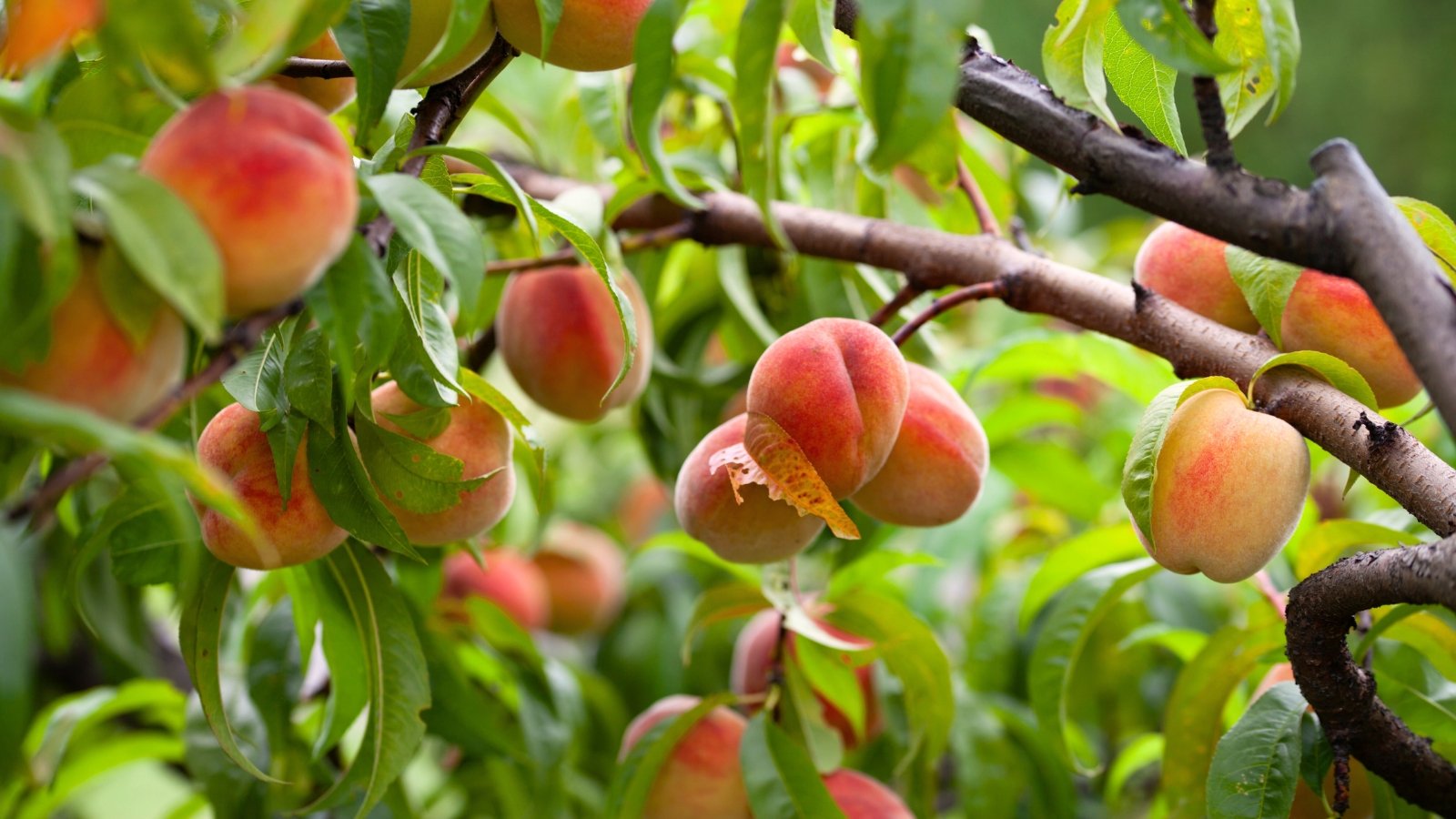 Pushing growth now invites trouble once the cold sets in.
Pushing growth now invites trouble once the cold sets in.Peach trees, like other fruits, don’t need an end-of-summer fertilizer application. Feeding your peach tree now, especially in zones 6-8, is bound to leave you with cold damage and potentially, dieback. You don’t want weak branches going into winter.
Never fertilize your peach trees in August, as it disrupts their natural dormancy cycle. These form next year’s flower buds in late summer, so you will reduce the number and quality of blooms by fertilizing now. Instead, wait until early spring, just before bud break, to feed your peaches and other fruits.
Plum
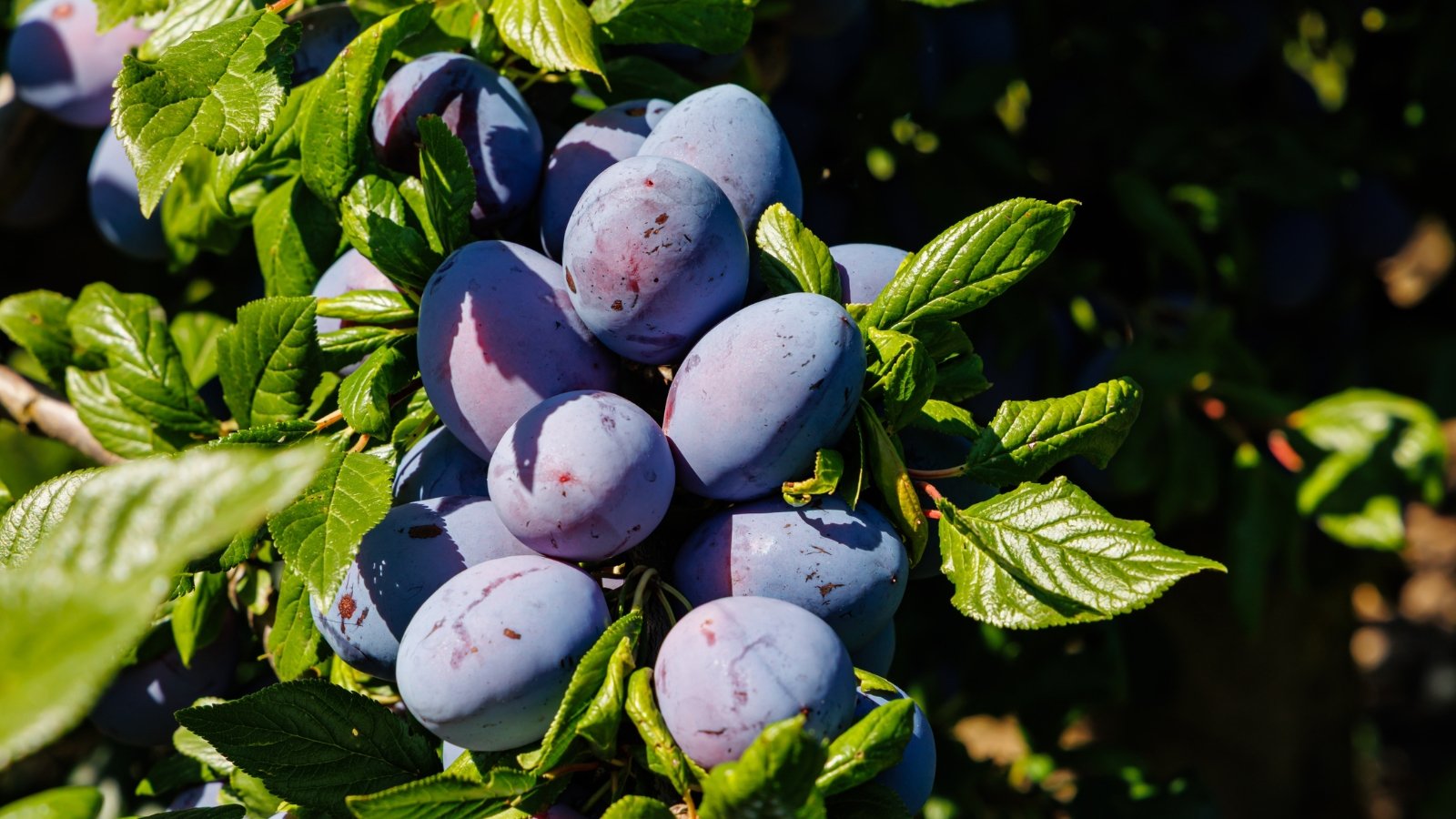 Let the tree focus on ripening and winding down.
Let the tree focus on ripening and winding down.Another fruit tree that you should never fertilize in August is the plum tree. High nitrogen fertilizers are a particularly bad idea. The new growth that nitrogen produces is vulnerable to cold damage. Frost damage can lead to dieback, and it also makes the tree more susceptible to diseases.
Fertilizing fruit trees in August can lead to long-term structural damage. It disrupts your plum tree’s dormancy cycle and interferes with bud formation. Hold off on feeding until early spring, and instead, mulch and monitor for pests and diseases.
Tulip
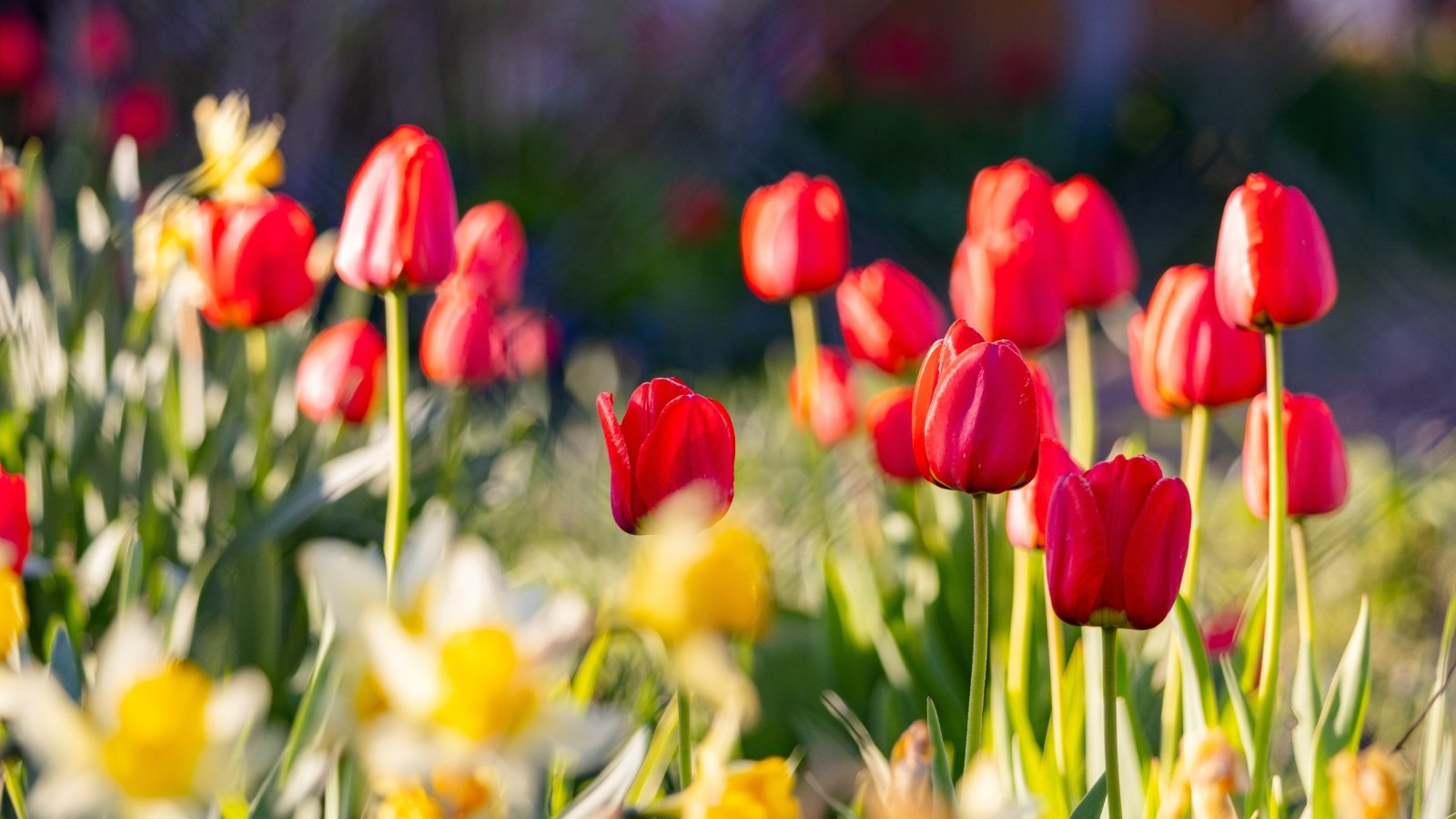 Growth now means weak or missing blooms come springtime.
Growth now means weak or missing blooms come springtime.You should never fertilize tulips or other spring-blooming bulbs in August. Tulips are dormant in August; they are in full dormancy with no foliage to feed. Fertilizing now is a waste of resources, as the bulbs cannot and will not absorb the nutrients. In fact, it can increase the risk of rot or attract soil pathogens.
In some cases, if the bulb is not completely dormant, fertilizing can cause premature growth. You’ll have tulips sprouting in the fall and dying back in the winter. Then you risk no flowers or weak flowers in the spring. The times to fertilize tulips are in late fall, when you plant them, with a slow-release formula, and in early spring.
Daffodil
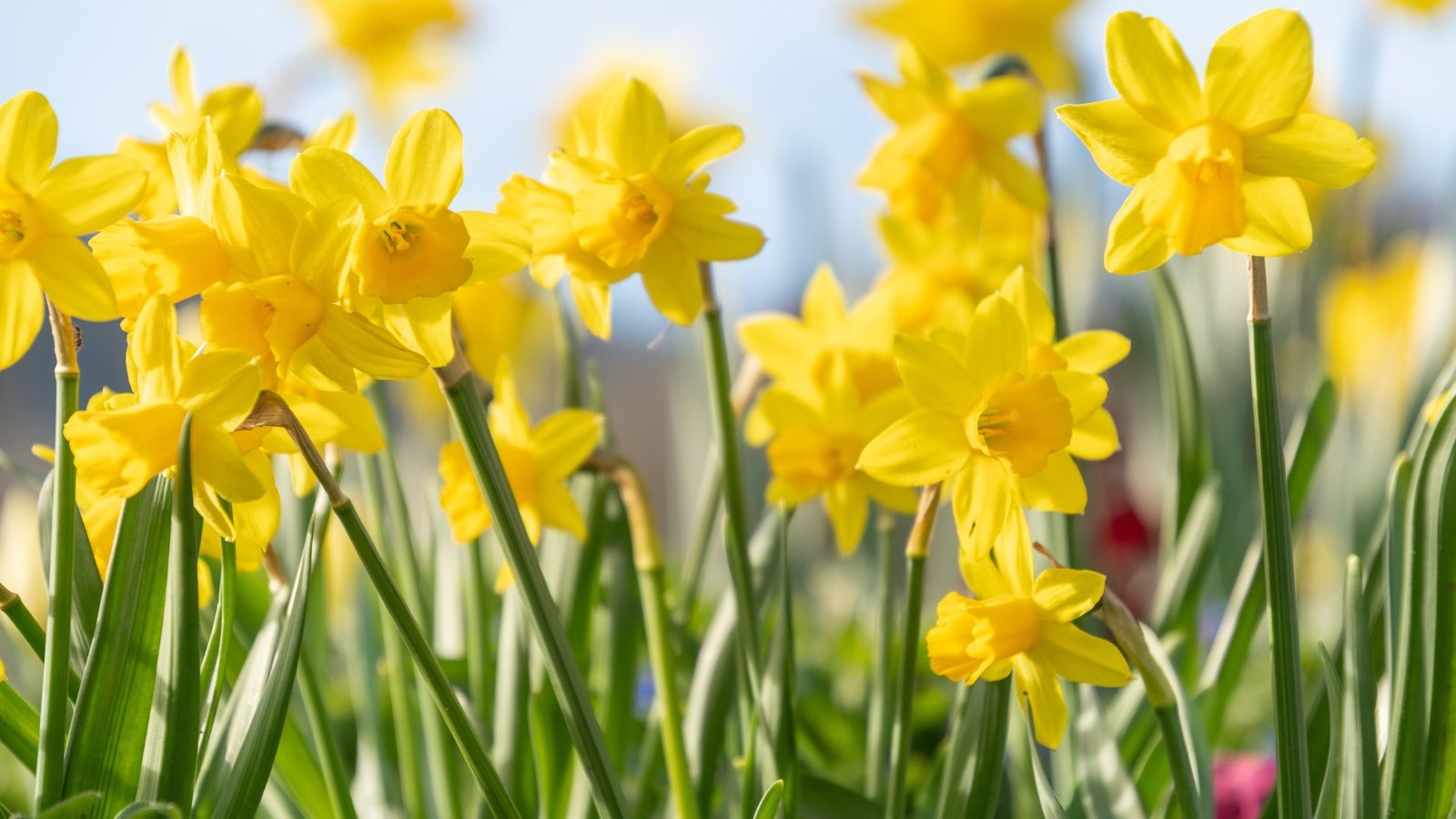 Bulbs beneath the surface are storing strength slowly.
Bulbs beneath the surface are storing strength slowly.Daffodils, like tulips, are another bulb you should never fertilize in August. Feeding them now can cause bulb rot or fungal growth, especially if your soil doesn’t have excellent drainage. Nitrogen, in particular, promotes soft tissue and microbial activity.
Fertilizer plays a significant role in flower performance in your daffodils. The best times to fertilize are in the fall, when you plant them. Work in a slow-release formula, preferably one that is low in nitrogen. Then feed them again in the spring, as soon as the leaves begin to emerge.
Hyacinth
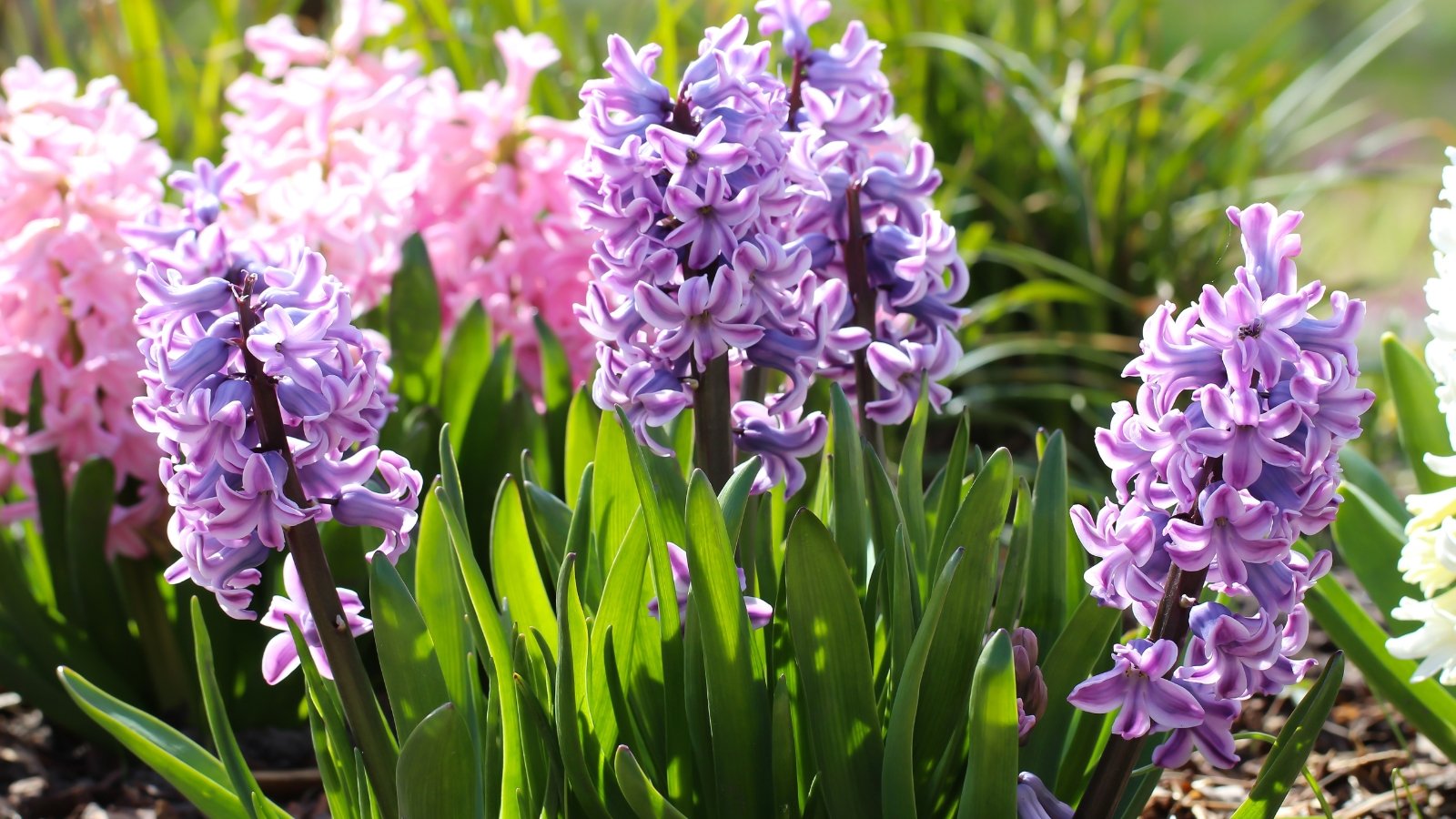 Warm weather can trick bulbs into waking too soon.
Warm weather can trick bulbs into waking too soon.Never fertilize your hyacinths in August. They will be completely dormant by this point in the year. Dormant bulbs can’t absorb nutrients, so it’s a waste of resources and can lead to bulb rot or damage.
In warm climates, it can also cause the bulbs to break dormancy early, which leads to weak and mis-timed growth.
Coneflower
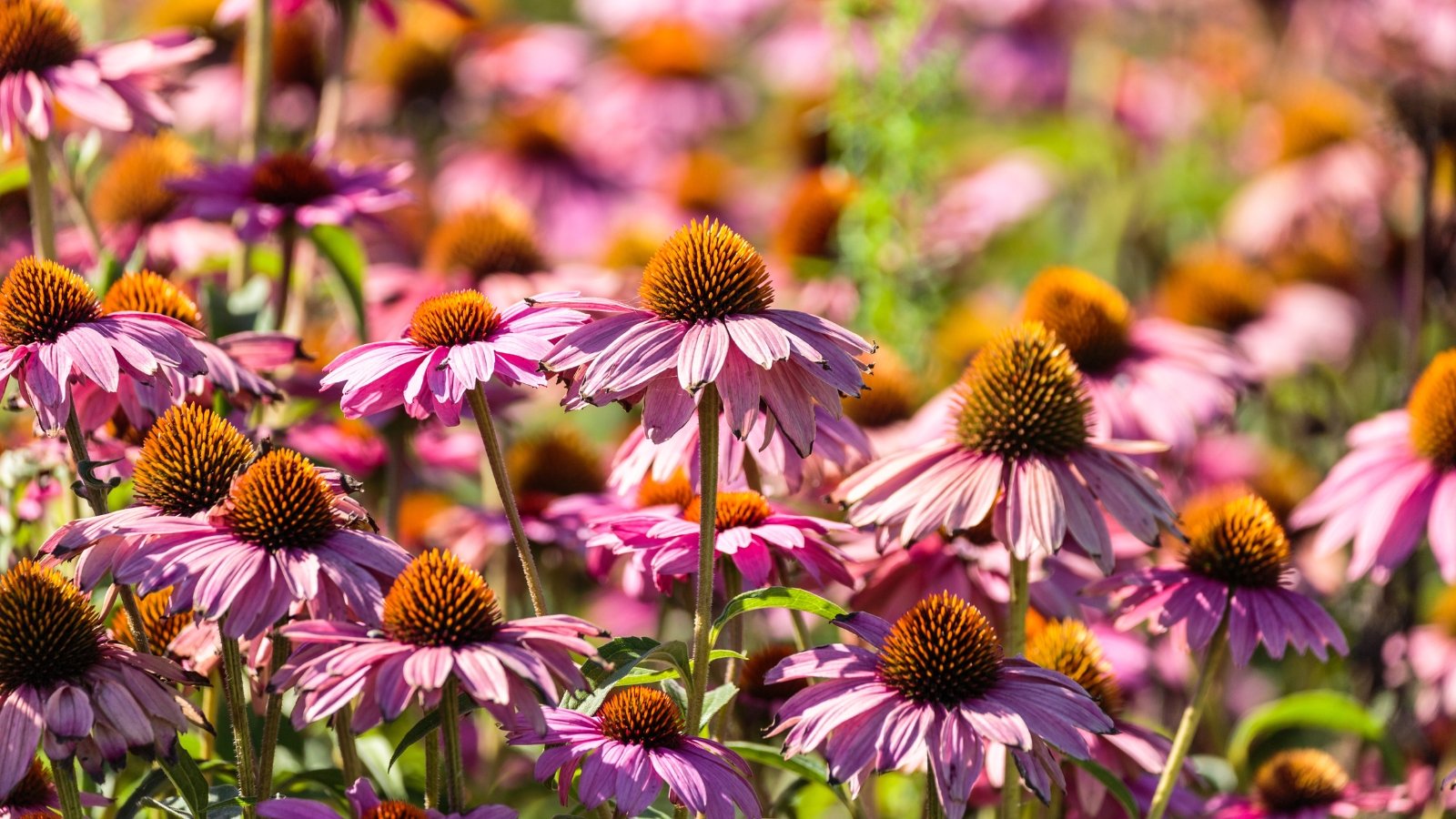 Let it rest easy now for a stronger spring return.
Let it rest easy now for a stronger spring return.Coneflowers are tender perennials, and they’re efficient with nutrients in general. They typically perform quite well with no fertilizer at all. However, if you must, feed them when new growth appears, which is usually late spring.
By August, coneflowers slow their growth in preparation for dormancy. Feeding them now, especially with nitrogen, can cause a flush of growth. That late growth is more susceptible to frost damage, which weakens the plant. Weakening the plant just before winter is a recipe for dieback. Never fertilize conflowers in August.
Yarrow
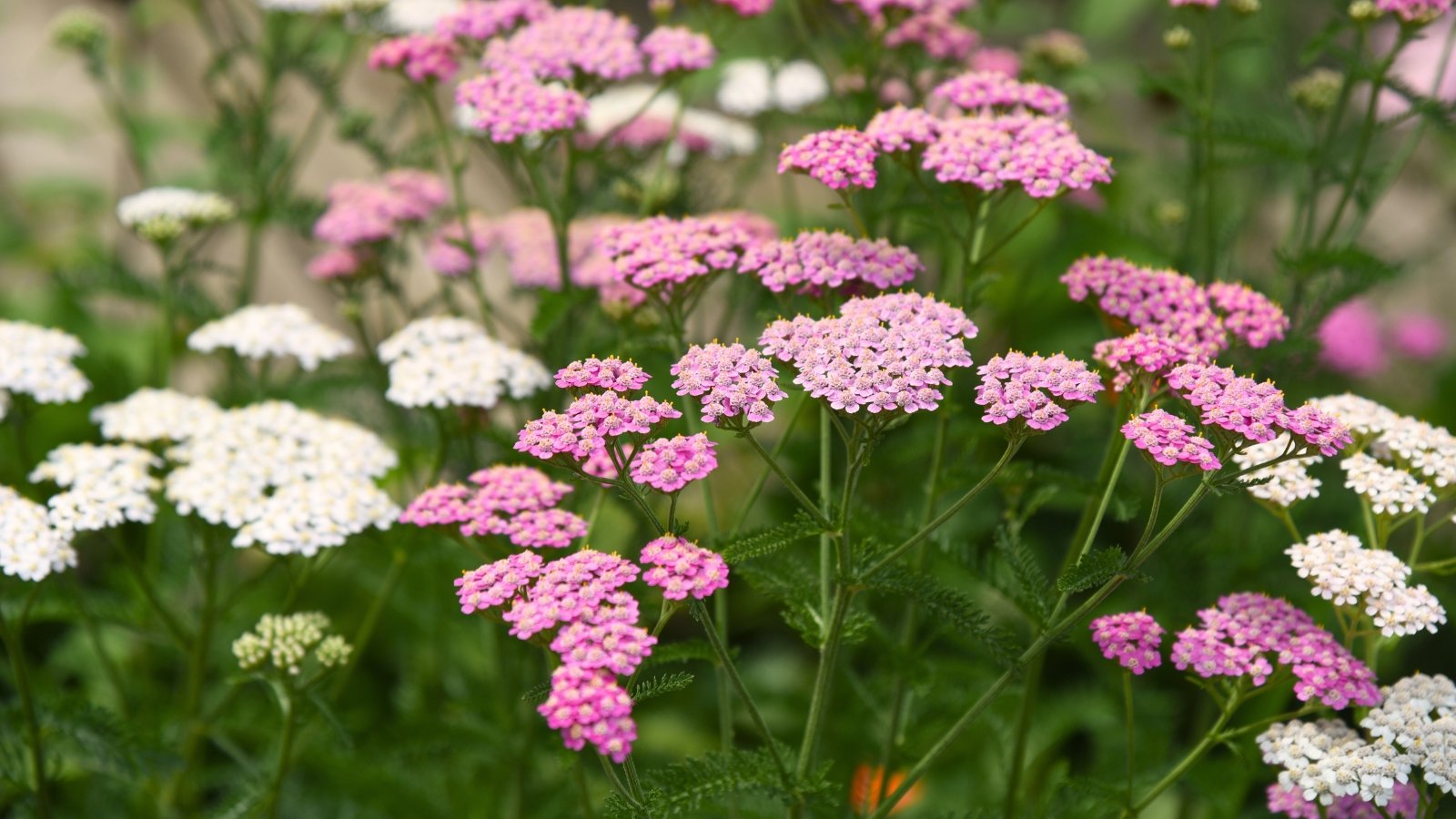 Overgrown foliage now can mean fewer blooms later on.
Overgrown foliage now can mean fewer blooms later on.Yarrow starts to slow down as summer comes to a close, so you should never fertilize them in August. Fertilizing now will cause a flush of soft, new growth. This is unlikely to harden off before fall, which makes it vulnerable to die back.
Fertilizing your yarrow in August will reduce its drought and cold tolerance. It leads to weaker plants going into winter and poor growth in the spring. Yarrow really doesn’t need fertilizer at all. It leads to floppy stems, overgrown foliage, and fewer flowers.
Liatris
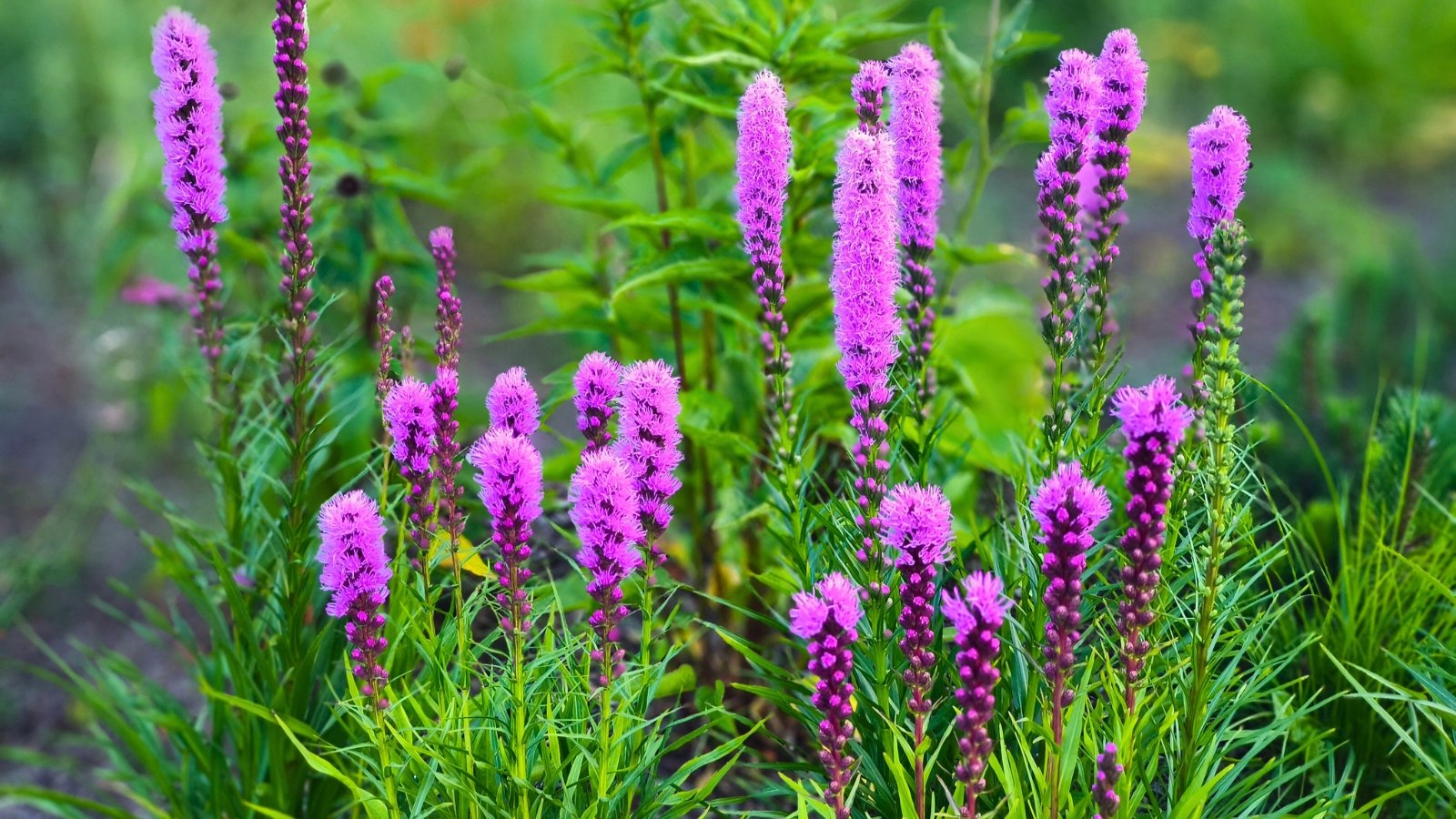 Strong blooms start with healthy bulbs resting through winter.
Strong blooms start with healthy bulbs resting through winter.You should never fertilize your liatris in August. By this time of year, they are slowing down and preparing for dormancy. New growth at this point in the year will not harden off and can weaken the plant over the winter.
Liatris grows from corms, and that is where it stores its energy for the next year. If you fertilize in late summer, the plant doesn’t know to conserve energy by drawing it back into the corm. This results in weaker corms and fewer flowers in the coming year. This plant rarely needs fertilizer at all. A light application of compost is usually plenty.
Milkweed
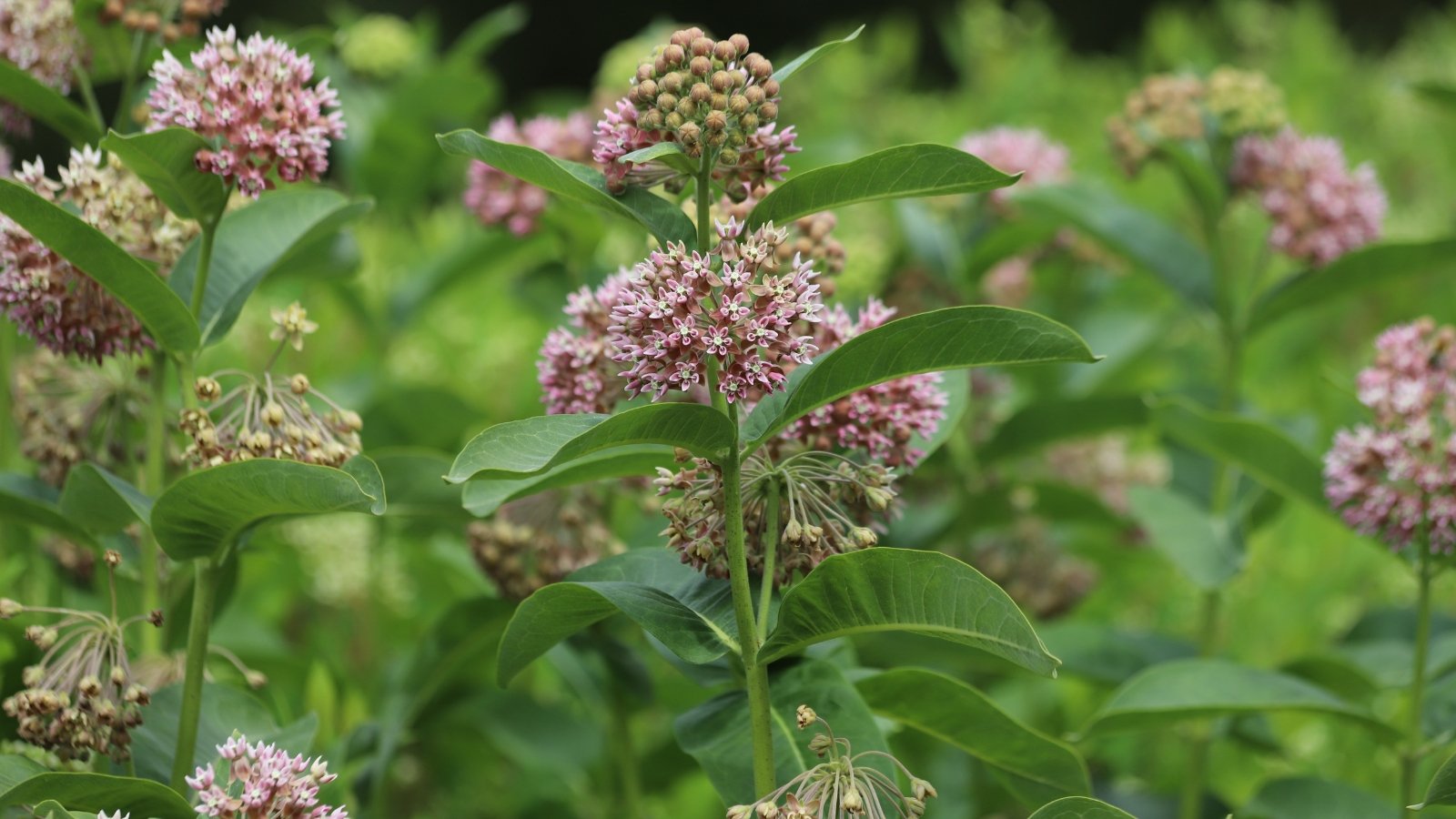 Root energy builds now for next year’s colorful blooms.
Root energy builds now for next year’s colorful blooms.Milkweed is another perennial that you should never fertilize in August, especially if you’re growing it to feed monarch butterflies. Milkweed begins the transition to dormancy in late summer. Fertilizing now will delay that process and interfere with root energy storage.
Milkweed prefers poor soil, and too many nutrients will reduce its flowers. Along with those flowers, the pollinator value also decreases. Overfertilizing milkweed at any time will lead to more soft, lush growth. This plant is susceptible to aphids, and they are more attracted to that soft, tender growth.
Bee Balm
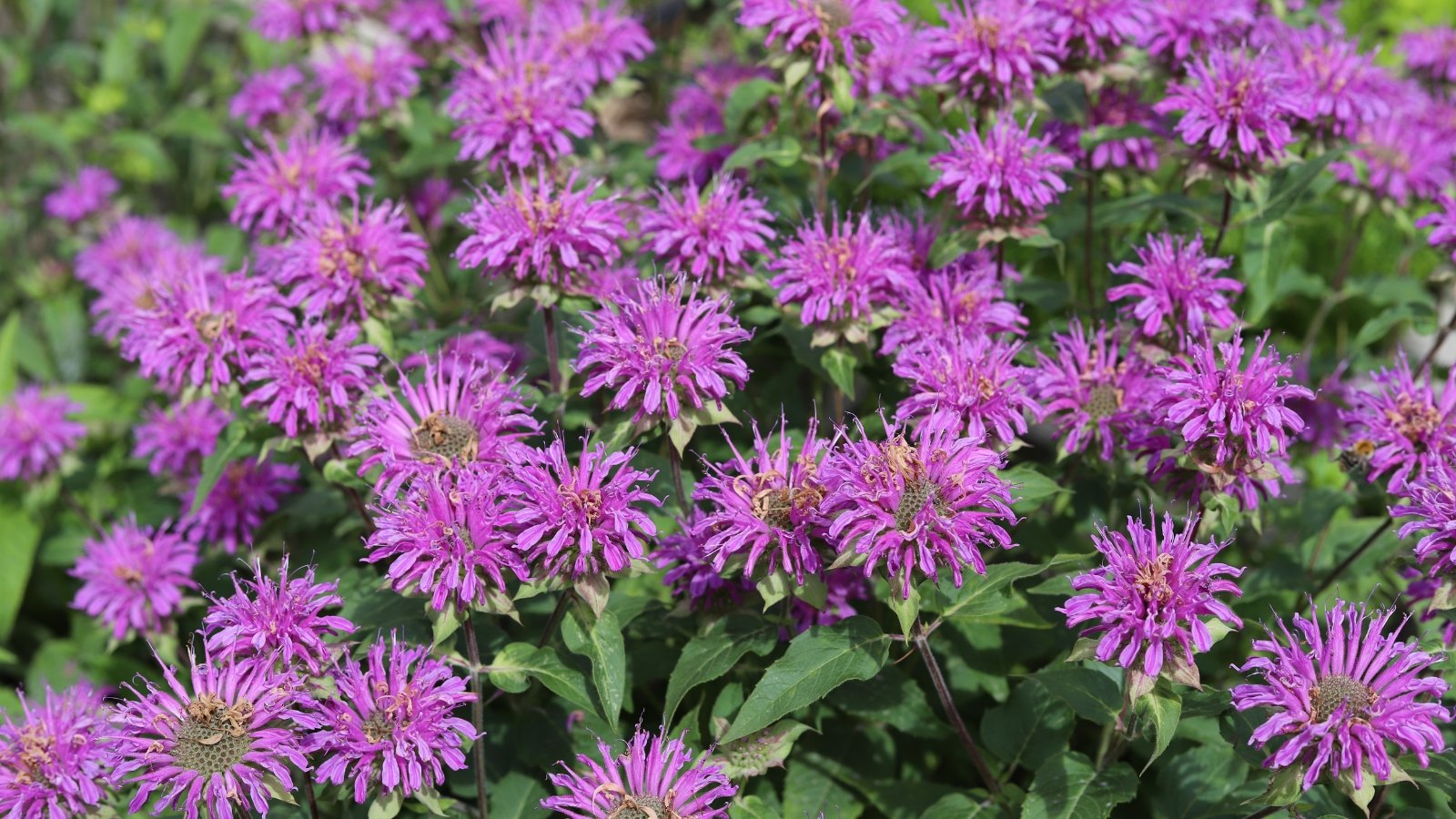 Good airflow helps keep mildew away as the weather warms.
Good airflow helps keep mildew away as the weather warms.You should never fertilize bee balm in August for the same reasons as milkweed. Late fertilization keeps the plant in an active growth mode and reduces its ability to store energy. It also encourages new growth, which will be vulnerable to frost damage.
Bee balm is also prone to powdery mildew, especially in late summer. The warm, humid weather is a breeding ground for fungus. Stimulating lush, thick, new growth at this time can reduce airflow around the plant and lead to powdery mildew.


 3 days ago
8
3 days ago
8


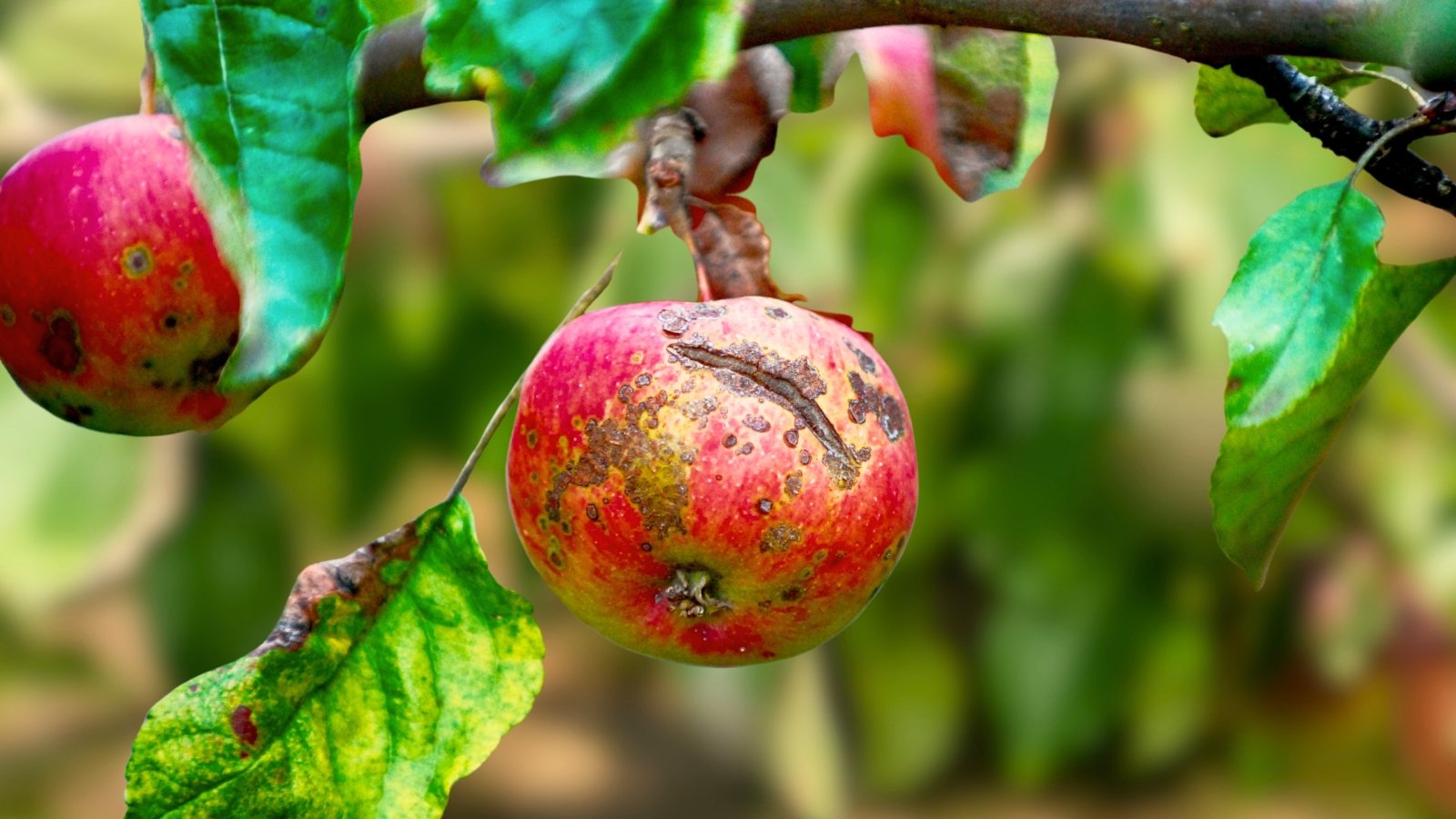

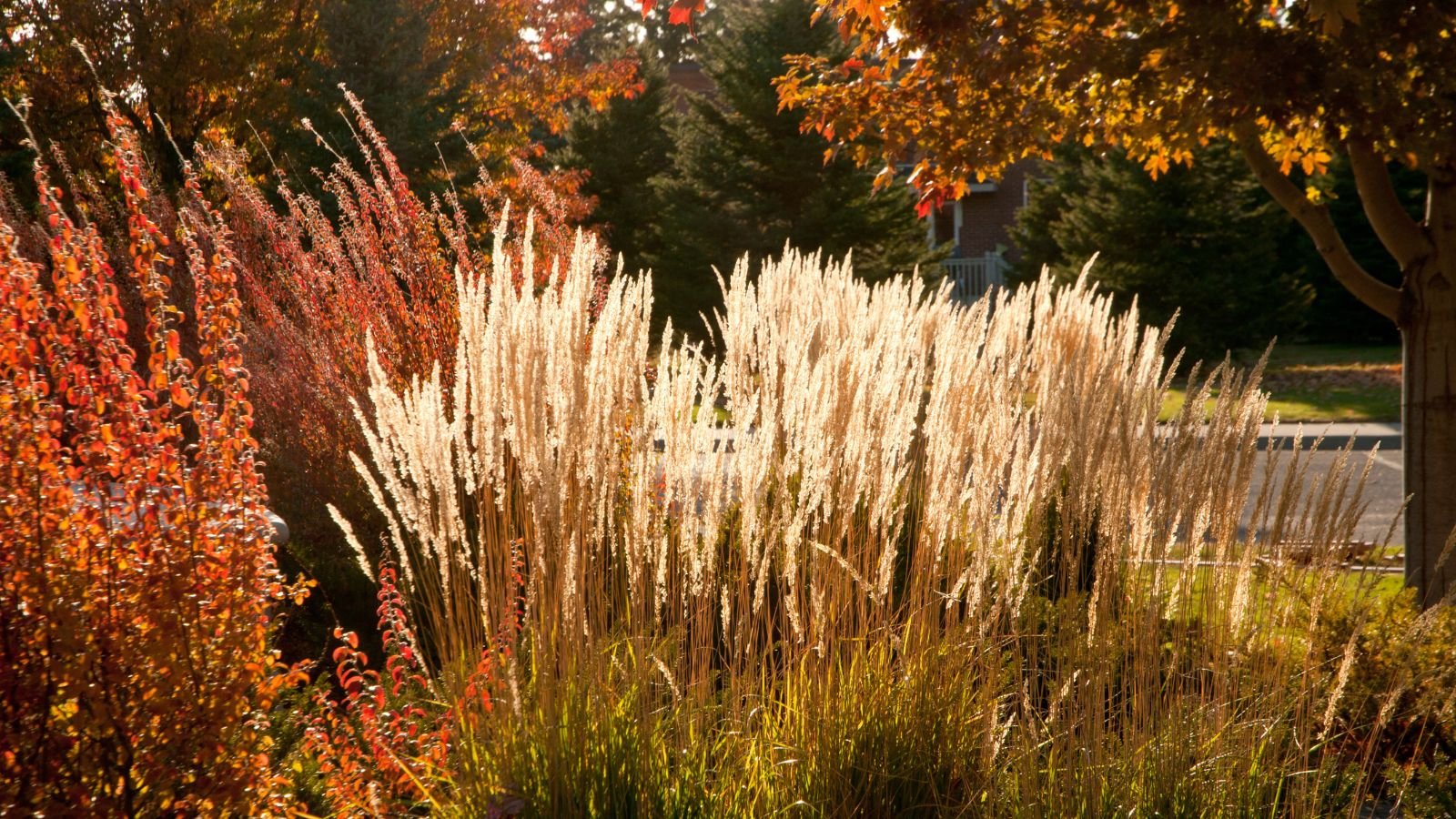
















 English (US) ·
English (US) ·  French (CA) ·
French (CA) ·